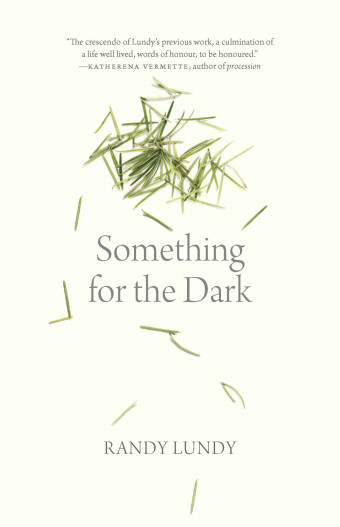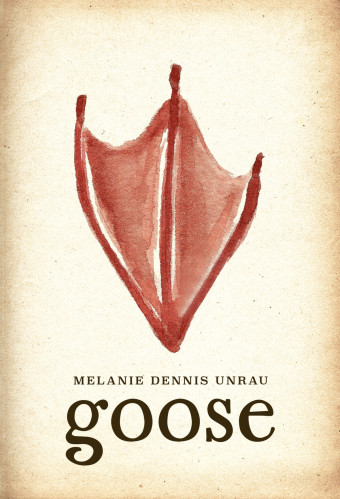Tea Gerbeza’s powerful debut, the long poem How I Bend Into More, affirms disabled identity by giving voice to the body in all its complexities. Drawing from her personal experience with scoliosis, Gerbeza uses an intimate and inventive poetics to “grasp / what [her] body has / to tell [her]” and, in doing so, records a journey from ableism toward reclamation.

- How I Bend Into More
- Tea Gerbeza
- Palimpsest Press
- $21.95 Paperback, 120 pages
- ISBN: 978-19-90293-87-0
“My body tells me that I am me because of my disability and pain. Without them, I wouldn’t be who I am,” the Regina poet says.
Dedicated to her younger self, How I Bend Into More grapples with and ultimately refutes the “ableist desire of being nondisabled,” repossessing the disabled body on its own terms.
“There is a way to build kinship with one’s pain, even if it’s an ongoing process,” Gerbeza explains. Wanting to represent this ongoing process on the page during its initial drafting, she realized that the long poem, with its many openings and endings, its curves, gaps, and repetitions, would be the necessary form for this work.
“When I tried to write distinct poems,” she says, “there was always a throughline, an aside, an open parenthesis, between the poems. These networks of poems created the reclaimed self.”
Through punctuation, photos, white space, the arrangement of text into shapes, and scanographs of Gerbeza’s paper-quilled artworks, How I Bend Into More visually shows a rebuilding and repairing of selfhood.
“I built my own version of my crooked spine [out of paper] and laid it on myself in the book’s last photograph,” she says. “This act of physically ‘holding’ pieces of ‘myself’ was important to me. To rebuild her sense of self, [the poem’s speaker] also builds her own paper-quilled spine, her ‘grammar of self,’ from small pieces into a larger whole.”
Grounded in a disability justice framework, the poem restores agency to the disabled speaker and demonstrates the many ways disability creates connection.
Some of the book’s most moving passages feature the speaker’s mother gently bathing the speaker following her spinal surgery. In these scenes, both mother and daughter experience healing through the care they show each other.

How I Bend Into More confronts ableist misconceptions most directly through a series of pieces that each begins with “Clearing Up the Question … .” Gerbeza describes these sections as “ironic in that they don’t clear anything up; instead they ask more questions or try to highlight some common ableist remarks or ideas that assume that not ‘looking’ sick or disabled is what is desired and that if we don’t look like whatever the person envisions, then our lived realities can’t be as painful as we say they are.”
By illustrating the speaker’s reality – her chronic pain, her desires, her boundaries, her community, her parents, her frustrations, her fatigue, her strength, her scars, her sense of humour, her creativity – Gerbeza writes it into undeniable being.
“I reinforce that my body is my own,” she says, “and how I navigate my bodily experiences is also mine amongst the medical and societal ableism I receive along the way.”













